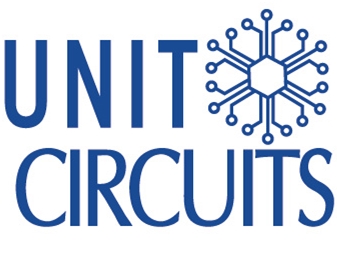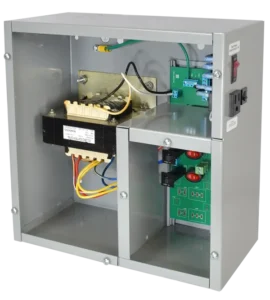Quick Leads
What is DC Voltage? Applications in PCB Design & Electronics for High-Power Systems
Understanding DC voltage and its role in circuit board design is crucial for optimizing electronics, especially in high-power applications. Engineers need a strong grasp of DC voltage principles to ensure that circuit boards can reliably handle power demands across industries.
A poor understanding of DC voltage can lead to inefficient circuit board layouts, overheating, and component failure, disrupting system performance and reliability.
In this article, we’ll explore DC voltage, its principles, and applications in high-power systems like solar power systems and motor control, and explain how to optimize circuit board design to meet these challenges.

What is DC Voltage?
DC Voltage (direct current voltage) refers to an electrical potential that maintains a steady flow of current in one direction. Unlike alternating current (AC), which fluctuates in polarity, DC voltage flows steadily, providing a constant and reliable power source for systems such as batteries, solar panels, and electronic components on circuit boards.For more technical details, you can refer to What is DC Voltage? on Wikipedia.
In circuit board design, understanding DC voltage is vital for creating efficient, durable circuits. Components like resistors, capacitors, and voltage regulators are crucial for managing DC voltage to ensure proper function, stability, and longevity of the electronics.

How to Measure DC Voltage in Circuit Board Design?
Accurate measurement of DC voltage in a circuit board design is vital for ensuring system reliability and preventing failure. Here’s a step-by-step guide on how to measure DC voltage:- Set Your Multimeter to DC Voltage: Set your multimeter to measure DC voltage (indicated by a straight line symbol with dashes beneath it).
- Place the Probes Correctly: Connect the black (negative) probe to the circuit ground, and the red (positive) probe to the voltage point you’re measuring.
- Take the Reading: The multimeter will display the voltage value, which should be stable in DC circuits.
Applications of DC Voltage in Circuit Board Design
DC voltage is a core component in circuit board design for a variety of applications, particularly in high-power systems. In industries like solar power and electric motor control, understanding how DC voltage behaves is crucial for creating efficient, reliable systems.For more on custom PCB manufacturing services tailored to these industries, visit our PCB Assembly Services.
In solar power systems, DC voltage is generated by solar panels and stored in batteries before being converted to AC voltage via inverters. To maximize efficiency and reliability, circuit board designs for solar inverters must handle DC voltage effectively while maintaining high energy conversion rates.

What is the Symbol for DC Voltage in Circuit Board Diagrams?
In circuit board design, the symbol for DC voltage typically consists of a straight line, sometimes accompanied by a “+” (positive) and “-” (negative) terminal. This symbol helps engineers identify the voltage type in a circuit and ensures proper design for DC voltage applications, including voltage regulation. Understanding DC voltage symbols is essential in circuit design, ensuring components are properly aligned for the correct flow of current.How Does DC Voltage Flow in a Circuit?
DC voltage flows in one continuous direction, from the negative terminal to the positive terminal. This one-way current flow is ideal for powering electronics in devices such as battery-powered systems and motor controllers. For circuit board designs, managing DC voltage flow is essential to ensure the system operates smoothly without excessive power loss or overheating. In high-power applications, like electric vehicle motor control, the DC voltage must be carefully managed to maintain efficiency and ensure the safe operation of motors and other electronic components.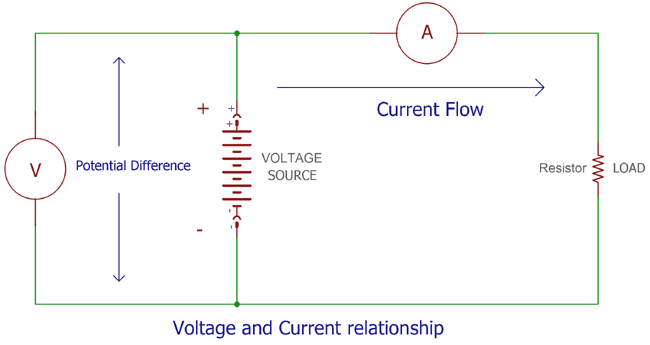
How to Optimize DC Voltage in Circuit Board Applications?
In high-power DC applications, optimizing DC voltage is critical for maintaining circuit reliability and preventing voltage surges that could damage sensitive components.To explore best practices for PCB voltage optimization, refer to Power Electronics News. Below are key strategies for optimizing DC voltage in circuit board design:
- Choose the Right Components: Select voltage regulators, capacitors, and resistors that are rated for the expected voltage and current.
- Use Proper PCB Layout Design: Ensure that the layout minimizes resistance and power loss, and avoid overly long tracks or excessive vias that could affect voltage stability.
- Include Proper Heat Dissipation: For high-power applications, ensuring components like voltage regulators have sufficient heat dissipation mechanisms is critical for reliable performance.
Optimizing voltage regulation in circuit board designs ensures stable and efficient power management, extending component life and reducing maintenance.
Case Study: DC Voltage in Solar Power Systems
In solar power systems, DC voltage plays a pivotal role in converting energy from solar panels into usable AC voltage. The circuit board designs for solar inverters need to manage the DC voltage generated by solar cells and ensure safe, efficient conversion into AC voltage.
DC voltage is regulated through voltage regulators to maintain optimal power conversion. By choosing high-quality components and designing circuit boards to handle the required voltage, engineers can significantly improve the reliability and efficiency of the entire solar power system.
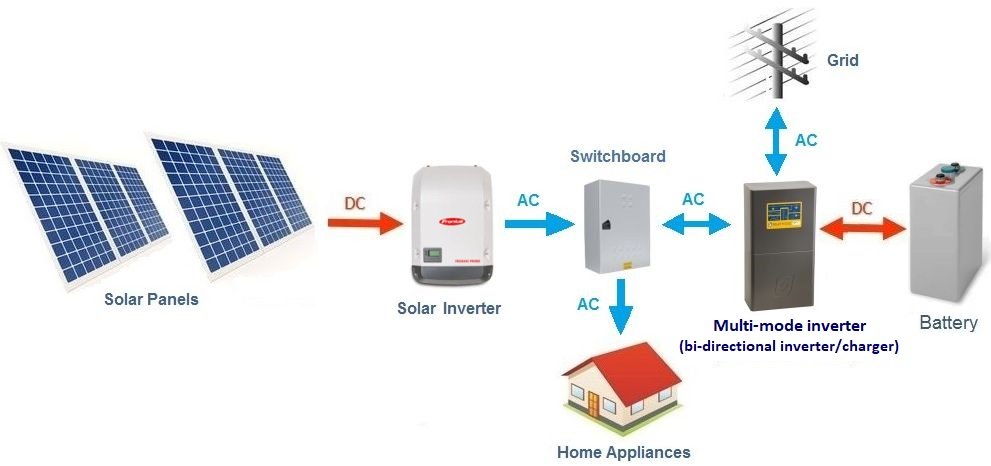
Case Study: DC Voltage in Motor Control Systems
DC voltage is extensively used in motor control systems, such as those in electric vehicles and robotics. By using DC voltage, engineers can precisely control the speed and torque of motors, ensuring smooth operation and energy efficiency.Learn more about motor control using DC voltage from Texas Instruments’ Motor Control Solutions.
For electric vehicles (EVs), the motor controller receives DC voltage from the battery and uses it to regulate motor speed. Circuit board design is critical to ensure that the controller can handle the required DC voltage while minimizing losses and ensuring longevity.
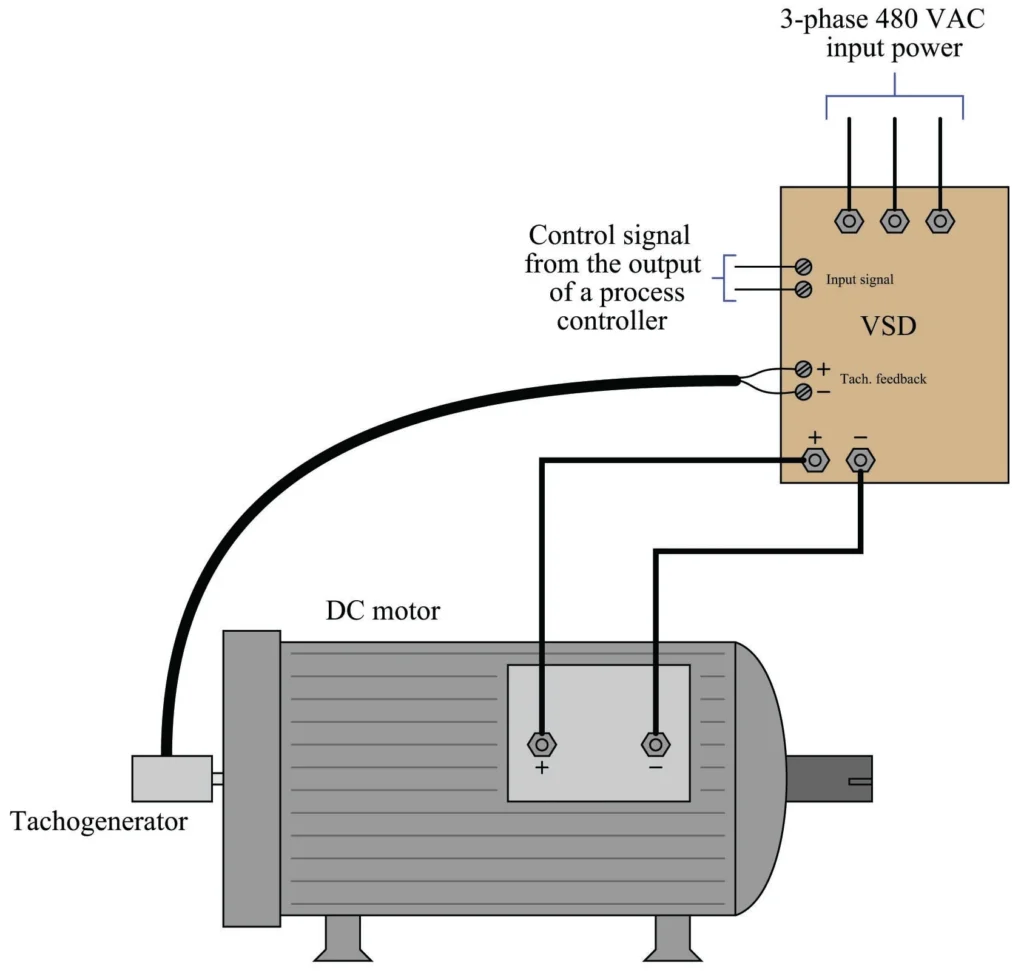
How to Select Components for DC Voltage Applications in Circuit Boards
Selecting the right components is key to optimizing DC voltage in circuit board design. Below are some critical components:
- Resistors: To limit current and prevent excessive power flow.
- Capacitors: To smooth out voltage fluctuations and reduce ripple.
- Voltage Regulators: To maintain stable DC voltage and prevent surges that could damage components.
In high-power applications, like electric vehicle charging or solar energy systems, components must be carefully chosen to handle high currents and ensure system stability.
Enhancing Performance in High-Power DC Circuits
In high-power DC circuits, such as those found in electric motors or solar storage systems, the performance of circuit board designs is crucial. Engineers must design circuit boards that can handle high DC voltage and current without overheating or causing significant energy losses.
Voltage regulation is especially important in these applications. Using the right voltage regulators and designing circuit boards with efficient power management systems ensures that the system runs smoothly while preventing failure.To learn about our capabilities in high-power PCB prototyping and manufacturing, visit our Rapid PCB Prototyping.
Limited Time Offer:
Get $100 off your order TODAY!
 Trusted by 100+ businesses worldwide
Trusted by 100+ businesses worldwide No hidden fees – transparent pricing
No hidden fees – transparent pricing Guaranteed quality with on-time deliver
Guaranteed quality with on-time deliverConclusion
Request for Quote
RECENT POSTS

Top 10 EMS Companies for Wearable Electronics in 2026 [Fast Prototyping & No MOQ]
Discover the top EMS companies for wearable electronics in 2026 offering fast prototyping, no MOQ,

Why PCB Panelization is Essential for Efficient Assembly and Cost Optimization?
Discover why PCB panelization is key to efficient SMT/THT assembly. Cut costs, reduce errors, and
RELATED POSTS
Leading PCBA Manufacturer
✅ Assemble 20 PCBAS for $0 ✅ Get $100 OFF – Risk-Free Trial!
✅ 100+ Satisfied Customers
✅ Ensured Quality & On-Time Delivery
✅ Free Trial, No Commitments!
